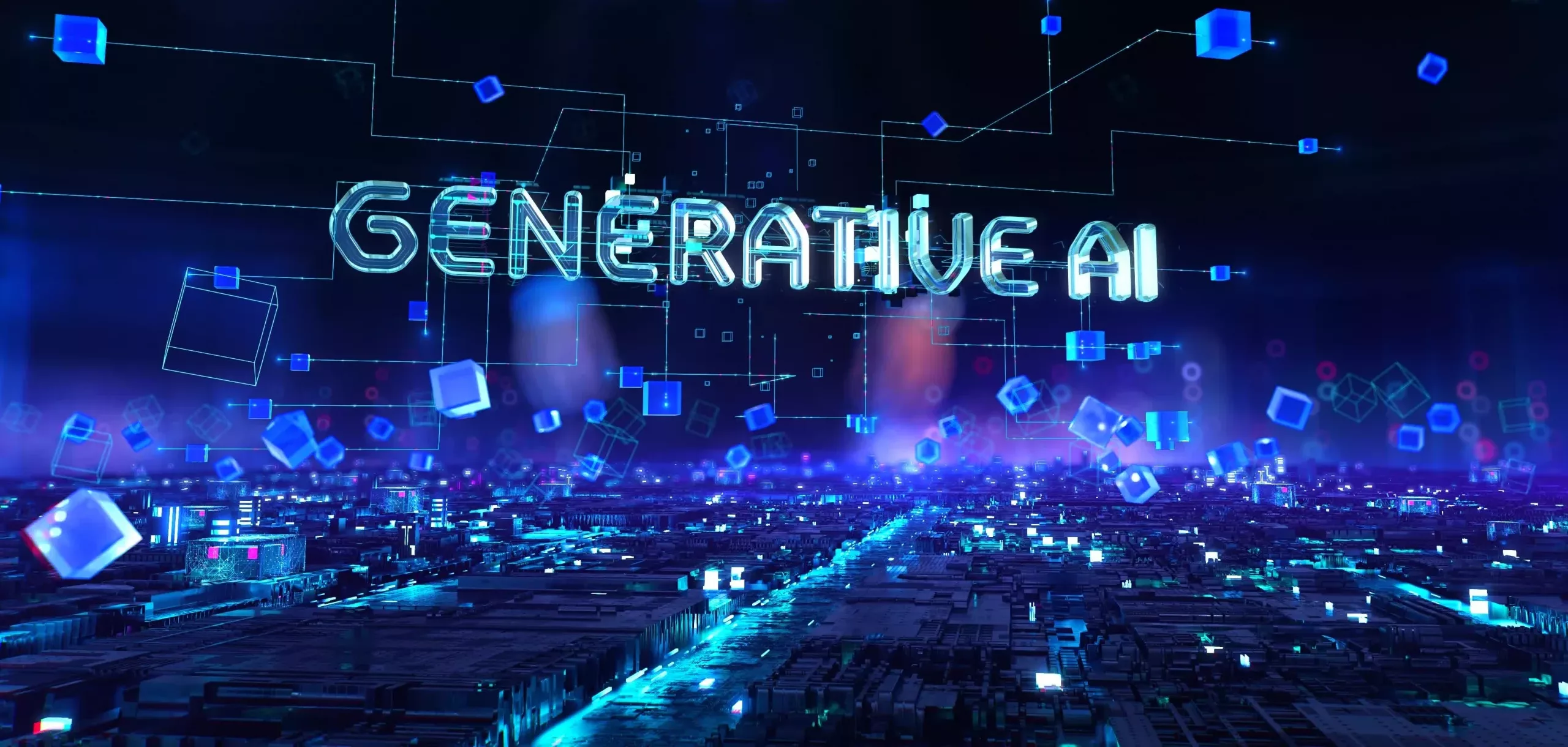
Enhancing SharePoint Searches with Microsoft PnP Search and Microsoft Syntex, Supported by Vigilant
Introduction
SharePoint is a powerful collaboration platform that organizations around the world rely on for document management, team collaboration, and content sharing. One of the key features of SharePoint is its robust search capabilities, allowing users to find the information they need quickly and efficiently. However, as organizations grow and accumulate vast amounts of data, improving the effectiveness of SharePoint searches becomes crucial.
To address this challenge, Microsoft has developed Microsoft PnP (Patterns and Practices) Search and integrated it with Microsoft Syntex. In this article, we will explore how these two powerful tools work together to enhance SharePoint searches and make information retrieval more effective and efficient, supported by Vigilant’s services.
Understanding Microsoft PnP Search
Microsoft PnP Search is an open-source initiative that provides a set of libraries and tools to help developers create custom search experiences in SharePoint and Microsoft 365. It leverages the power of SharePoint Search to offer advanced search capabilities, customization options, and improved performance.
Key features of Microsoft PnP Search include:
- Relevance Tuning: With Microsoft PnP Search, you can fine-tune search results to make them more relevant to your organization’s needs. This means you can prioritize specific content or documents based on keywords, metadata, or other criteria.
- Custom Search Web Parts: PnP Search offers pre-built web parts that you can add to your SharePoint pages, allowing you to create customized search experiences tailored to your users’ requirements.
- Extensibility: Developers can extend the functionality of PnP Search to create custom search solutions that integrate seamlessly with SharePoint.
- Modern User Interface: PnP Search provides a modern and user-friendly interface for search, making it easier for users to find what they need.
How Microsoft Syntex Enhances SharePoint Search
Microsoft Syntex is an AI-driven content understanding and automation platform that’s part of Microsoft 365. It uses machine learning models to automatically classify and extract information from documents, making it easier to manage and search for content. When integrated with SharePoint and Microsoft PnP Search, Syntex offers several benefits:
- Document Understanding: Syntex can automatically classify documents, extract key information, and apply metadata tags, improving the accuracy of search results. This means users can find documents based on their content, not just their file names.
- Content Processing: Syntex can analyze and process large volumes of content, making it more searchable and organized. It can identify entities, relationships, and important data within documents, helping users locate specific information quickly.
- Improved Relevance: By using Syntex-generated metadata, Microsoft PnP Search can deliver more relevant search results. This ensures that users are presented with documents that match their search queries more accurately.
- Automation: Syntex can automate common content-related tasks, such as document classification and routing, making content management more efficient. This automation can improve search by ensuring that documents are consistently tagged and organized.
The Synergy Between Microsoft PnP Search and Syntex, Supported by Vigilant
The integration of Microsoft PnP Search and Microsoft Syntex offers a powerful solution for organizations seeking to improve their SharePoint search capabilities. Vigilant, a leading technology services provider, offers specialized services to support and enhance this integration further:
- Implementation and Customization: Vigilant helps organizations implement Microsoft PnP Search and Microsoft Syntex tailored to their specific needs. They work closely with clients to customize search experiences, ensuring that the integration meets the organization’s unique requirements.
- Training and Adoption: Vigilant offers training programs to help organizations make the most of PnP Search and Syntex. They ensure that users and administrators are proficient in using these tools to optimize their SharePoint search experiences.
- Maintenance and Support: Vigilant provides ongoing maintenance and support services to ensure that the integrated solution runs smoothly. They monitor and manage the system, addressing any issues promptly to minimize downtime.
- Continuous Improvement: Vigilant helps organizations continuously improve their search capabilities by analyzing usage data and user feedback. They work on enhancements and optimizations to ensure that search results remain relevant and efficient.
Conclusion
Effective search is critical in today’s information-rich environments, and SharePoint plays a pivotal role in content management and collaboration for many organizations. Microsoft PnP Search, when combined with Microsoft Syntex, offers a compelling solution to enhance SharePoint search capabilities. By leveraging AI-driven content understanding, metadata enrichment, and customization options, organizations can improve search relevance and efficiency, ultimately leading to better user experiences and increased productivity. As businesses continue to grow and generate more data, the integration of these two tools, supported by Vigilant’s services, becomes increasingly important in harnessing the full potential of SharePoint.

